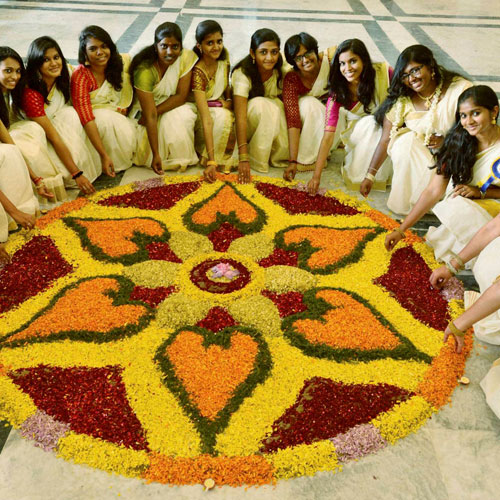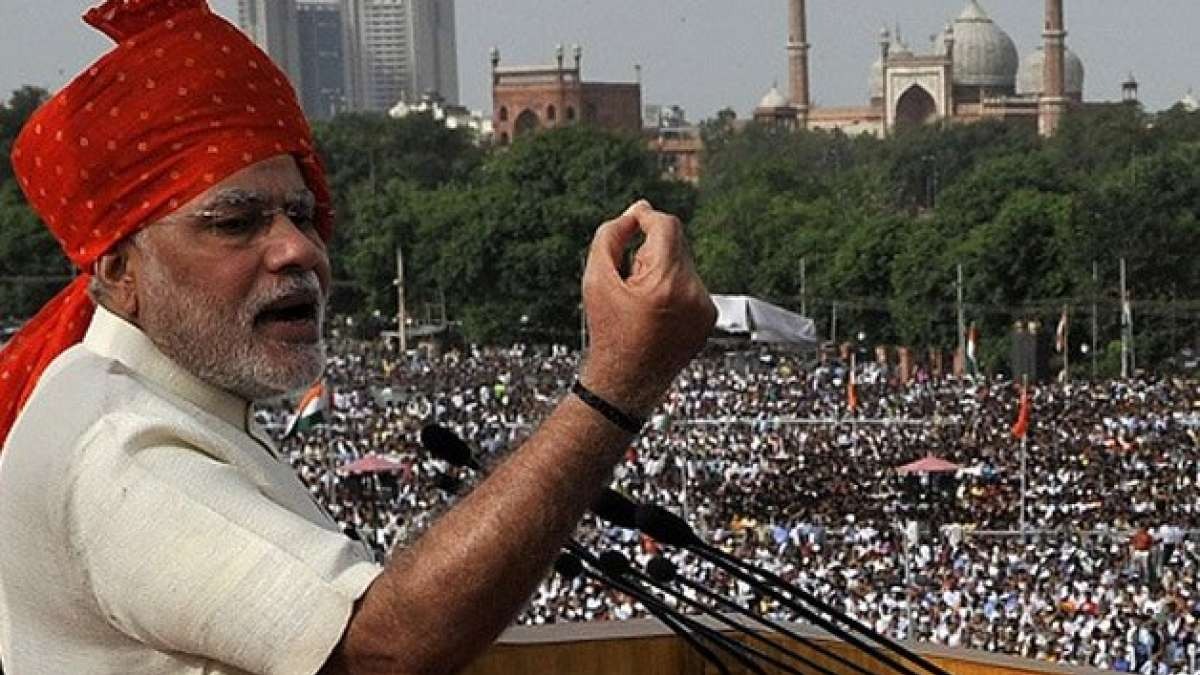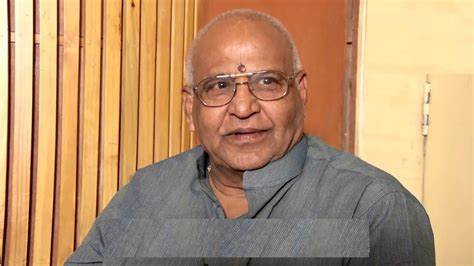(Shankar Raj)
Kerala in many ways is a strange state. It is probably one of the rare states that celebrates just one festival – Onam. And this festival is not connected to any Gods or Goddesses. No Diwali, no Ganesha festival, no Holi; Vishu and Navarathri are a private affair.
However, of late, the state has started some festivals, thanks to the Vishwa Hindu Parishad and the arrival of north Indian IT professionals.
But Onam is a grand and vibrant festival celebrated primarily in Kerala and now all over the world where there are Malayalees.
Onam is primarily a harvest festival. Many mistake it to be the New Year according to the Malayalam calendar. Onam comes after a ‘sad month’ of Karkidagam when the monsoon is at its peak and agricultural workers are jobless.
But with the arrival of Onam, the harvesting of paddy crops begins, and it marks the beginning of happiness, plentiful and agricultural activities.
The festival is also deeply rooted in Hindu mythology and Kerala’s cultural heritage.
Mahabali, a revered king in Hindu mythology, was the grandson of Prahlada and the son of Hiranyakashipu. Known for his wisdom and generosity, Mahabali ruled over a prosperous kingdom where his people lived in peace and equality. His reign was often referred to as the golden age due to the widespread prosperity and fairness he brought to his kingdom.
To further consolidate his rule, Mahabali decides to perform Ashwamedha Yagnas. According to the Vedic tradition, the completion of 100 such yagnas would grant the performer enough power to challenge Lord Indra, the king of the gods.
Mahabali had successfully performed 99 yagnas and was on the verge of performing his final, 100th yagna. This achievement would have enabled him to ascend to a status equal to or surpassing Lord Indra. Rattled by Mahabali’s rising influence and the potential challenge to his throne, Lord Indra, along with other gods, sought help from Lord Vishnu.
Vishnu, knowing the need to maintain cosmic balance, agreed to intervene. However, instead of confronting Mahabali directly, Vishnu chose a more subtle approach. He descended to earth in the form of Vamana, a dwarf Brahmin, and appeared at Mahabali’s yagna. When the king generously asked Vamana what he desired, the Brahmin requested a seemingly small amount – just enough land that his three steps could cover.
Mahabali’s guru Sukracharya smelt trouble and was quick to understand that Vishnu was planning to take away Mahabali’s kingdom. But known for his generosity, Mahabali immediately granted the wishes of Vamana over-ruling the objections of his guru.
Immediately, Vamana grew into a huge figure, with his first step covering the entire earth and his second covering the heavens. With nowhere left for the third step, Mahabali humbly offered his own head.
Moved by the king’s humility and devotion, Vishnu blessed Mahabali and sent him to a world called Suthala, allowing him to return to his kingdom once a year for 10 days. It is this return that is celebrated as Onam.
People decorate their front courtyard with flowers called Pookalam and this would indicate to Mahabali that the family is happy.
But according to pundits, Mahabali’s kingdom was in Kutch, Gujarat. How this story got associated with Kerala is a mystery.
Onam starts with Atham star and culminates in the grand celebration of Thiruvonam, the most important day.
Atham: The first day of Onam sets the stage for the festivities. People begin creating the Pookalam, a colourful floral arrangement in front of homes, which grows in size and complexity as the days progress.

Chithira: On the second day, more flowers are added to the Pookalam. Families also start cleaning and decorating their homes in preparation for the upcoming celebrations.

Chodhi: The third day is when people begin shopping for new clothes and Onam jewellery sets. The focus is on getting ready for the festival, with many purchasing traditional attire and gifts for family members.

Vishakam: On this day, preparations for the grand feast, Onasadya, begin in earnest. Markets are bustling with people buying ingredients for the many dishes that will be served on Thiruvonam.

Anizham: This day is known for the thrilling Vallamkali (boat races). Snake boats race through the backwaters, cheered on by large crowds. It’s one of the most exciting events of the Onam festival.

Thriketa: Families begin gathering on this day, with homes filled with relatives who have travelled to be part of the celebrations. The Pookalam grows larger as more flowers are added, and the atmosphere is full of excitement.

Moolam: By the seventh day, community events like traditional dance performances and feasts begin to take place. Temples also start offering special prayers and rituals in honour of Onam.

Pooradam: On this day, the clay idols of Onathappan, representing King Mahabali, are placed in the centre of the Pookalam. This day also marks the start of large-scale celebrations and preparations for Thiruvonam.

Uthradam: This day is considered one of the most auspicious days of the festival, and final preparations for Thiruvonam are made, including the final touches to the Pookalam.

Thiruvonam: The grand day of Onam. Families gather to enjoy the Onasadya, a traditional feast with a variety of dishes served on banana leaves. It’s a day filled with joy, togetherness, and cultural performances. The Pookalam is completed, and people participate in traditional games and dances, making Thiruvonam the highlight of the festival.

Today, Onam is celebrated with much enthusiasm and joy, bringing together people of all communities. It is a time for family reunions, cultural programs, and communal harmony. The festival’s spirit of generosity and togetherness continues to resonate, making it a cherished occasion for Malayalis worldwide.
Today, all the major commercial establishments have taken over Onam as people do grand purchases – clothes, jewelry, automobiles – just about anything under the earth.
Although the festival has its roots in Kerala, it has spread far beyond the state’s borders. Malayali communities in different parts of the world, especially in countries like the UAE, UK, and the United States, also celebrate Onam with equal passion.
Ack: Internet sources.
(Author is a Political Analyst based in Bengaluru)











